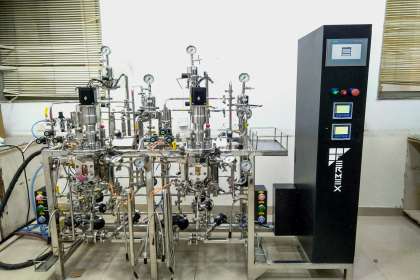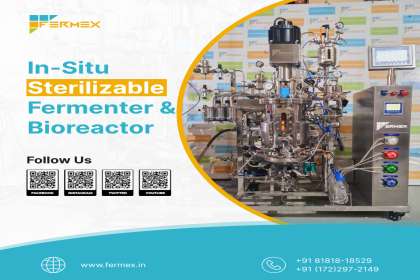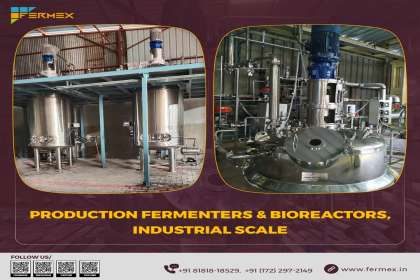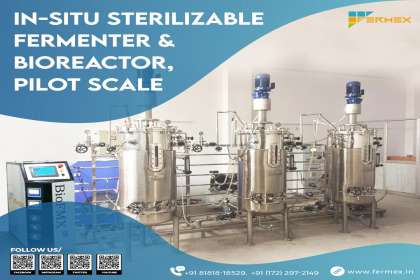
INTRODUCTION
As the world grapples with the pressing challenges of climate change and the need for sustainable energy sources, Bioethanol production emerges as a beacon of hope. This remarkable biofuel, derived from organic materials like corn, sugarcane, and cellulose, holds the key to a more sustainable and eco-friendly future. In this blog post, we delve into the exciting world of Bioethanol production, exploring its benefits, overcoming challenges, and how it can transform the way we power our lives while safeguarding the environment.
1. THE BIOETHANOL PRODUCTION JOURNEY: FROM CROPS TO FUEL
Bioethanol production is a fascinating process that starts with carefully selected feedstock. Plants like corn and sugarcane are rich in starch, while cellulose-rich materials, like agricultural residues and non-food crops, pave the way for second-generation biofuels. Once the feedstock is chosen, a miraculous transformation unfolds through fermentation and distillation.
During fermentation, enzymes or yeast work their magic, breaking down the starch or cellulose into precious sugars. These sugars are then converted into Bioethanol and carbon dioxide by the yeast. The result is a liquid concoction known as “mash,” brimming with potential. The next stage involves distillation, where this mash is heated to separate Bioethanol from water and other impurities, yielding high-purity Bioethanol. Voilà! We have a clean, renewable, and energy-rich biofuel ready to power our world.
2. BIOETHANOL’S REMARKABLE BENEFITS FOR OUR PLANET
Embracing Bioethanol as a renewable energy source brings forth a multitude of benefits, offering a sustainable solution to our energy and environmental woes:
a. A Greener Future: Bioethanol combustion leads to reduced greenhouse gas emissions, diminishing our carbon footprint and combating climate change.
b. Renewability at Its Best: Bioethanol is derived from plants, ensuring a constant supply that can be grown year after year, unlike finite fossil fuels.
c. Enhanced Energy Security: By diversifying our energy sources, we become less reliant on imported oil, boosting our energy security and independence.
d. Empowering Rural Communities: Bioethanol production breathes new life into rural economies, generating jobs in agriculture and biofuel industries.
3. EMBRACING INNOVATION: PAVING THE WAY FOR A SUSTAINABLE TOMORROW
Like any transformative endeavour, Bioethanol production comes with its own set of challenges. We face the delicate balance of sustainability, energy efficiency, and responsible land use. However, the power of innovation has already ushered in promising solutions:
a. Second-Generation Biofuels: Turning to non-food crops and agricultural residues as feedstock mitigates concerns about competition with food production.
b. Revolutionary Fermentation Techniques: Pioneering new methods to optimize fermentation processes boosts Bioethanol yield and reduces production costs.
c. The Rise of Biorefineries: Integrated Biorefineries efficiently extract multiple products from a single feedstock, ensuring nothing goes to waste.
CONCLUSION
Bioethanol production holds the key to a brighter and cleaner future for our planet. By unleashing its potential, we can forge a path to a more sustainable and eco-friendly energy landscape. Let us embrace the power of Bioethanol and support ongoing research and innovation to make it a compelling alternative to traditional fossil fuels.
Together, we can unlock the potential of Bioethanol production and pave the way for a greener tomorrow, where clean energy harmonizes with a thriving environment. Join the journey to a sustainable future, where every drop of Bioethanol becomes a drop of hope for generations to come. Together, we can fuel progress while preserving the beauty of our planet.
























